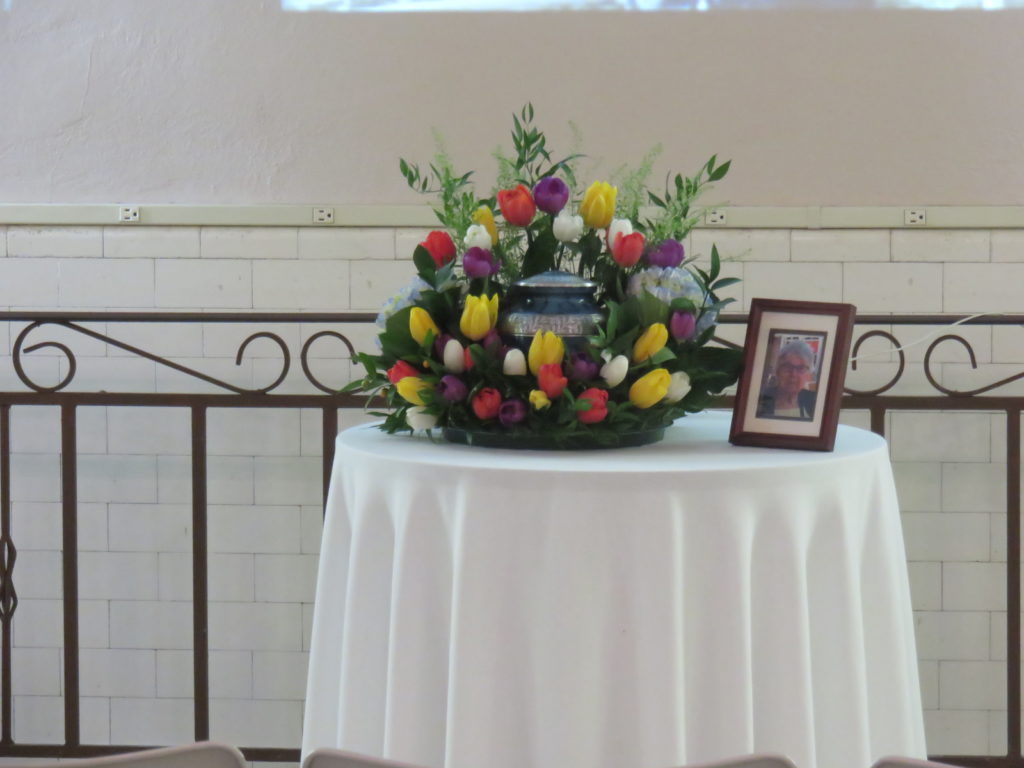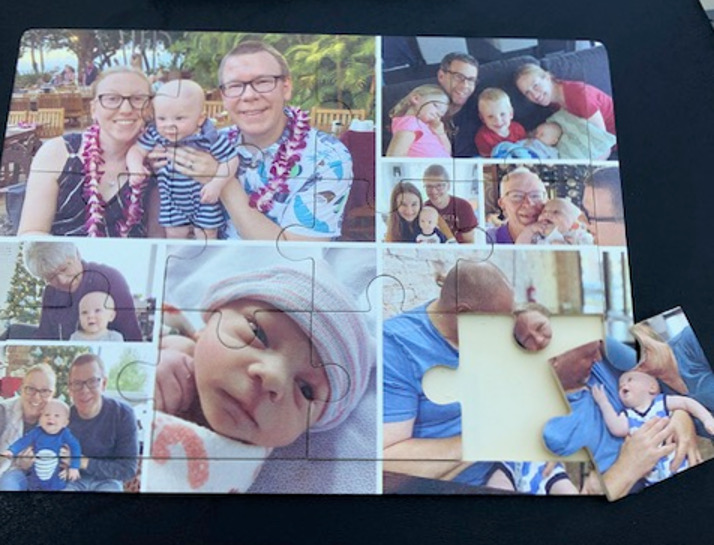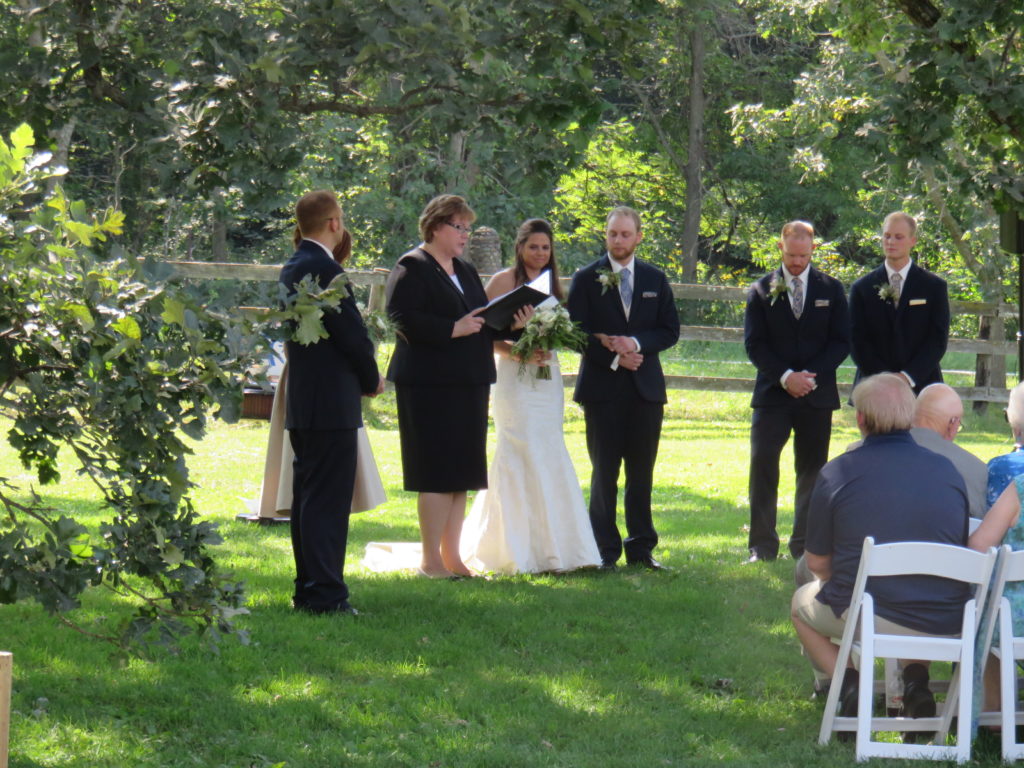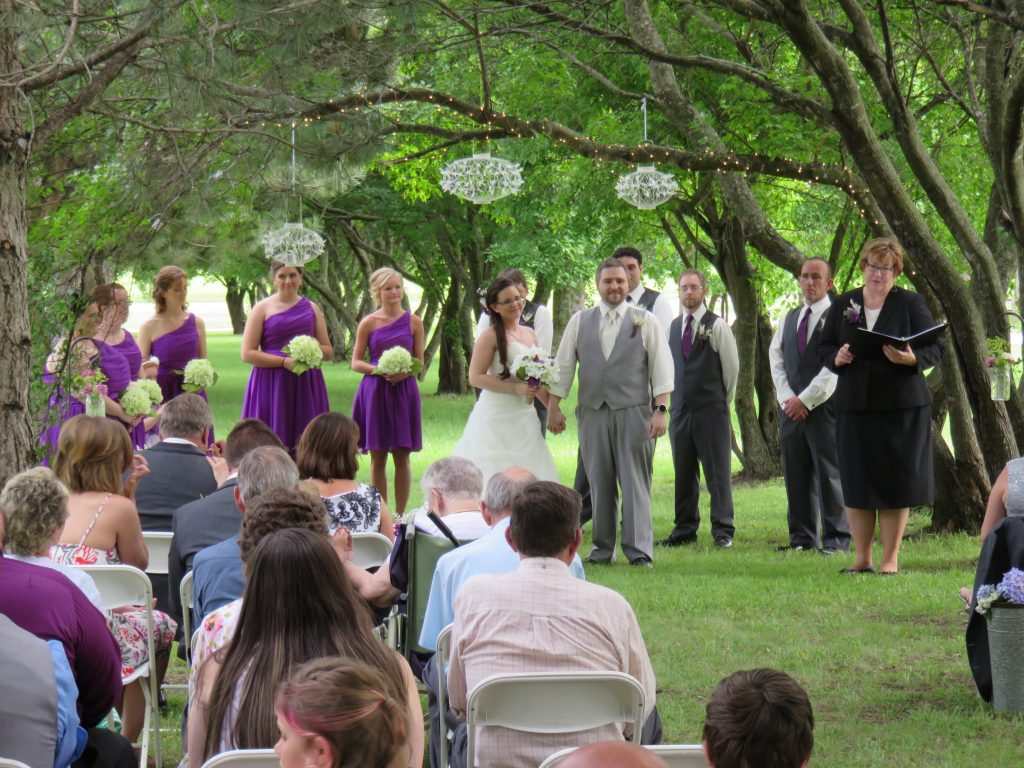Moving Beyond the Big Three – Create Meaningful Ceremony
Moving beyond the big three allows you to consider other moments in life that might benefit from meaningful ceremony. In recent weeks I’ve written about the big three: weddings, naming ceremonies, and memorial services. Now it’s time to discuss some lesser considered milestones that are enhanced when you honor them with a ceremony component.
Milestone birthdays: A new decade or coming of age are great opportunities to celebrate with ceremony. Mark an 80th or 90th birthday (or any other you choose to celebrate) with a tribute ceremony. Family members and friends can recall special times shared with the honoree or share how they have influenced the speaker’s life. Mementos of the honoree’s life can be displayed, and their accomplishments can be shared. You’ll definitely want to give the honoree a chance to address the group, too, and share both wisdom and gratitude for those who have gathered. A 16th or 21st birthday can recognize the transition from child to adult.
Professional transitions: Perhaps someone obtained a significant promotion, opened a new business, or is transitioning to retirement. These professional milestones can be recognized with a look back at the accomplishments or contributions, and a look forward to the opportunities that lie ahead.
Divorce: Of course, it doesn’t inspire the happiness of the wedding day, but you can’t deny that experiencing divorce is a major life event. As such, ceremony can help you on this journey. Depending on your individual circumstances and preferences you can hold a divorce ceremony shortly after you decide to divorce, with your spouse participating. The objective here is to focus on your intent to walk this path with integrity, maturity, and respect for each other. You might hold a divorce ceremony with your children (especially if under 18), where you each voice your undiminished love for them, and your commitment to keep their needs front and center as you create a new definition of family.
Lastly, as you reach the end of the divorce process, you may benefit from a ceremony where you embrace your new identity, set new goals for your new situation, and receive support from loved ones.
Guest lists for each of these types of ceremonies are smaller than for a wedding or memorial. Sometimes it may be a very small group of immediate family, or supportive friends. The key with all of the ceremonies is to craft the content, setting, guest list and surrounding activities to meet the wishes and needs of the honorees. Moving beyond the big three when considering the role ceremony can play as you move through life can provide wonderful memories and bring you close together with the important people in your life.




